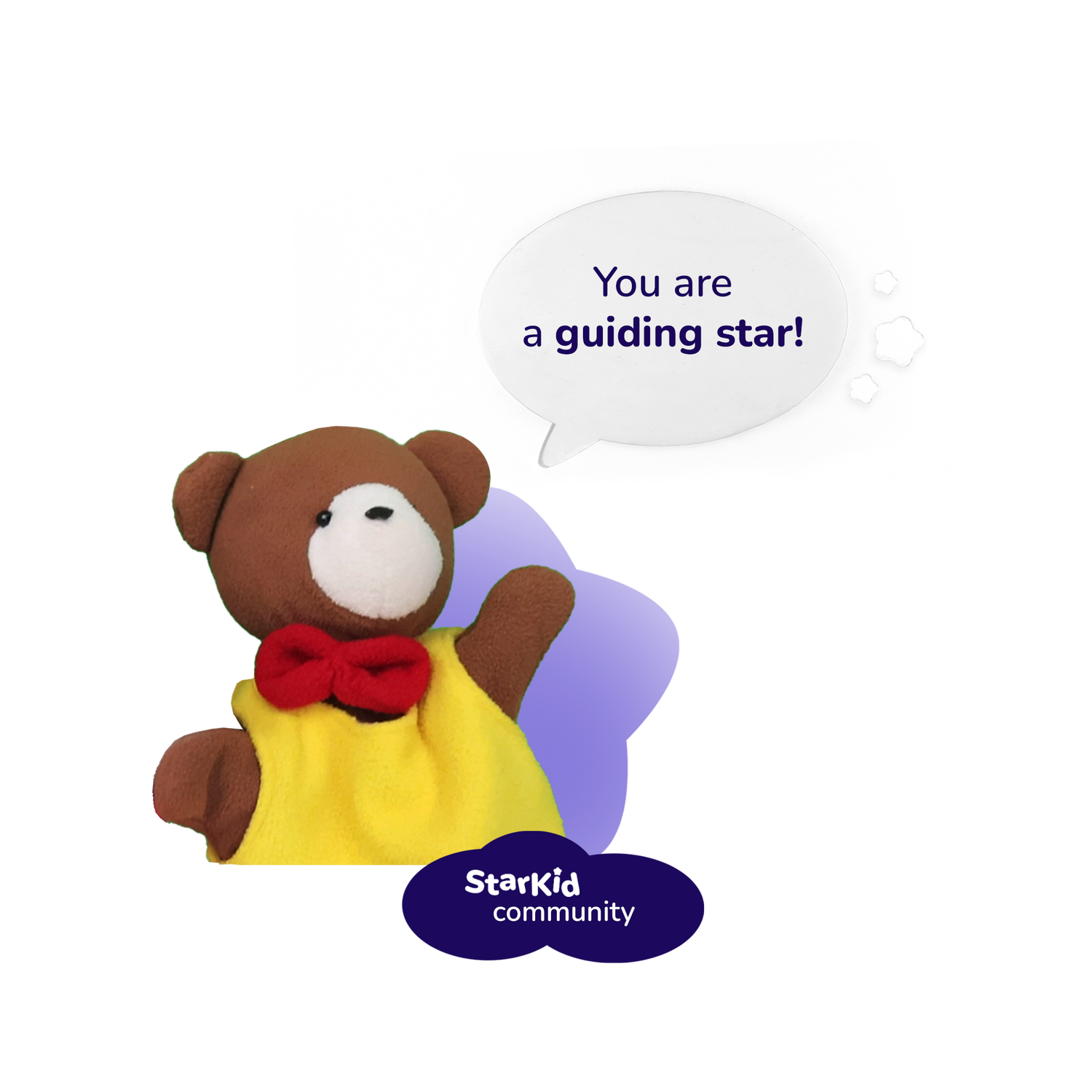🕒 Reading Time: 12–15 minutes
📌 Table of Contents
✅ Helping Your Child Succeed in Language Learning
✅ Understanding Dyslexia in Language Learning
✅ The Role of Confidence in Language Learning for Dyslexic Children
• Why Confidence Matters
• Ways to Boost Confidence
✅ When Should Your Child Start Learning a Language?
• Optimal Age for Learning
• Questions to Consider
✅ Best Languages for Dyslexic Learners
• Transparent Languages (Spanish, Italian, etc.)
• Challenging Languages (French, Danish)
• Alternative Languages (Chinese, ASL)
✅ Techniques and Tricks to Help Your Dyslexic Child Learn a Language
• Multisensory Learning
• Color Coding & Visual Aids
• Spaced Repetition & Overlearning
• Technology & Apps
• Relaxed Writing Rules
• Movies & Music
• Mindfulness for Focus
✅ Be Mindful: A Language Learning Exercise
✅ Expert Insight
• Dr. Elke Schneider
• Professor John Everatt
✅ Conclusion
✅ Helping Your Child Succeed in Language Learning
Learning a new language develops a valuable skill that provides access to multiple cultural traditions, alternative insights, and new possibilities in life. Learning to read becomes more difficult for dyslexic children than for typical learners. Traditional language-learning approaches bring limited success because dyslexic children deal with impairments in phonological processing, spelling, and working memory problems.
That doesn’t mean it’s impossible. Dyslexic children who receive appropriate language selection, methodological support, and technological resources will succeed at learning a second language. In this article, we’ll explore:
✅ The best languages for children with dyslexia
✅ Effective techniques to support learning languages more easily
✅ Mindfulness practices to help dyslexic children develop their attention and drive
Your child can develop joyful skills from language learning when we create appropriate learning methods.
✅ Understanding Dyslexia in Language Learning
Dyslexia exists as a neurobiological issue that interferes with brain functions related to language processing. Research demonstrates that dyslexic people exhibit weak phonological processing, but they typically possess superior problem-solving capabilities and creative thinking abilities. Other educational approaches were more successful than traditional methods for students with dyslexia.
📚 Research from 2018 demonstrated that dyslexic students learn best through pattern detection methods instead of memorization itself. Students with dyslexia perform better when their teachers implement techniques that teach word similarity patterns rather than performing separate practice on spelling patterns.
🧠 Among other essential factors, working memory presents difficulties to dyslexic learners. Foreign languages with irregular spelling rules (like English or French) place a higher burden on working memory. The Spanish language, with its phonetic structure, allows students to learn more efficiently since it decreases mental workload during acquisition.
✅ The Role of Confidence in Language Learning for Dyslexic Children
Constructing confidence in their abilities becomes an essential step before starting language learning. Dyslexic students struggle with reading and spelling their native language, so they develop uncertainty about their skills and anxiety about failure. Learning languages should be an exciting experience that avoids turning into another school difficulty.
Why Confidence Matters
🔹 Motivation and perseverance depend heavily on an individual's confidence. The research demonstrates that students who perceive their ability to be great feel more confident to learn foreign languages. Because past reading and spelling challenges make the child feel incapable of language learning, they end up avoiding new language exposure completely.
Ways to Boost Confidence Before Starting a New Language
🔹 Celebrate Small Wins – Praise your child for effort over accuracy. The process of identifying a word successfully counts as a considerable accomplishment. Your child should use their preferred arts activities, such as drawing, music, or storytelling, to enhance their language learning. Students can use drawings for vocabulary definitions while also producing small dramas in their target language.
🔹 Create a Safe Learning Space – Avoid high-pressure environments. Learning a language becomes more appealing to children through relaxing entertainment activities such as games, movies, and songs.
🔹 Role Models and Success Stories – Share stories of successful dyslexic multilingual speakers. When your child discovers that other individuals have achieved victory, it produces inspiration and motivation.
🌟 Before starting formal language instruction, developing confidence in your child will produce initial successful learning and positive self-belief that creates long-term achievement.
✅ When Should Your Child Start Learning a Language?
A child reaches optimal language learning when they have developed their natural language skills. The perfect age for children to begin formal foreign language study stands at age 10, according to research evidence. Young children benefit from minimal exposure to a foreign language through musical and literary content and communication.
📌 Check the following three questions before starting to teach a foreign language:
- Does my child show genuine interest in learning this particular language?
- Is my child’s native language reading and writing skills strong enough?
- Will the experience be positive?
🎓 Schools that educate children with dyslexia grant modification opportunities for students to study language historical subjects instead of traditional language learning.
✅ Best Languages for Dyslexic Learners
The spelling system of particular languages offers better readability to dyslexic learners because of their transparent characteristics.
Easier (Transparent) Languages:
✅ Spanish
✅ Italian
✅ Finnish
✅ German
🧩 These languages exhibit clear rules for spelling, which result in easy predictability. The number of spelling mistakes decreases with each additional exception rule. German serves dyslexic learners well because its sound-based rules mirror those of English.
😓 The learning experience for dyslexic students becomes more difficult with French, as well as Danish and Portuguese language studies. The spelling system of such languages shows various inconsistent patterns, and their pronunciation follows no particular pattern. French and Danish contain several unpronounced letters throughout their written texts, which creates obstacles to fluent reading.
Alternative Languages: Chinese, Japanese (Logographic Languages)
🧠 Visual symbols in some alternative languages provide easier opportunities for dyslexic learners compared to phonetic spelling systems. Academic research reveals that these languages activate various brain regions, which some studies claim might circumvent typical difficulties faced by dyslexic students.
Non-Traditional Languages: American Sign Language (ASL)
👐 Learners find this system suitable as an alternative because it lacks reading and writing components.
✅ Techniques and Tricks to Help Your Dyslexic Child Learn a Language
✅ Multisensory Learning
Engage multiple senses—sight, sound, and touch.
🔹 Use flashcards with images, sounds, and textures
🔹 Write words in the air or on the sand for a tactile experience
🔹 Incorporate movement, such as acting out words or using gestures
✅ Color Coding & Visual Aids
🔹 Assign different colors to grammatical categories (e.g., blue for nouns, pink for verbs)
🔹 Use dyslexia-friendly fonts like Arial or Comic Sans, with larger spacing
✅ Spaced Repetition & Overlearning
🔹 Repeat new words often and in different contexts
🔹 Encourage writing the same word multiple times in different settings (e.g., labeling objects around the house)
✅ Technology & Language Apps
Apps with dyslexia-friendly features can make learning engaging:
🔹 Promova and Duolingo offer dyslexia-friendly settings
🔹 Audiobooks and podcasts expose kids to natural pronunciation
✅ Relaxed Writing Rules
🔹 Focus on communication over perfection
🔹 Allow phonetic spelling at first—fluency can come later
✅ Watch Movies & Listen to Music
🔹 Play songs and movies in the target language with subtitles
🔹 Encourage singing along to improve pronunciation naturally
✅ Mindfulness for Focus
🔹 Encourage deep breathing before studying
🔹 Use mindfulness exercises (see below) to reduce frustration and boost confidence
✅ Be Mindful: A Language Learning Exercise
Learning an additional language can become challenging for children who are dyslexic since they typically have more anxiety than their regular peers. Through the practice of mindfulness, children obtain a peaceful concentration which enables them to learn better.
Guided Grounding Exercise for Language Learning:
This deep breathing exercise, followed by word declaration, focuses on saying basic target language words during one’s exhalation. Repeat this with different words:
✅ Your child should identify:
Five things they can see ("5")
Four things they can touch ("4") (e.g., holding books, flashcards)
Three things they hear ("3") (e.g., target language music)
Two things they smell ("2") (e.g., the scent of a study marker)
One positive thought about learning progress ("1") (e.g., “I am trying my best!”)
💡 This intentional practice allows learners to minimize anxiety while maintaining attention to the present, which leads to better learning outcomes.
🌟 Looking for a gentle, guided way to help your child focus and stay calm while learning? Our Digital Mindfulness Episodes for Kids are specially created to support children with dyslexia and attention challenges through calming, creative visuals and affirmations. Try one here.
✅ Expert Insight
Dr. Elke Schneider conducts research showing that structured learning approaches enhance foreign language learning during dyslexia education. According to her teachings, students benefit most from educational methods based on phonics, which teach word sounds in bite-sized pieces.
Professor John Everatt, a dyslexia specialist, proved that involving students' visual memory and motor skills in language education produces better memory retention. His studies suggest that:
🎵 Music and rhythm-based learning assist dyslexic students in memorizing new words
✍️ Using spacious gestures for air writing solidifies the patterns of word spelling
🗣️ Children can speak into speech-to-text software to express themselves without spelling errors bothering their minds
These expert-backed strategies, when combined, will establish an effective supportive environment for language learning among dyslexic students.
✅ Conclusion
Teaching foreign languages to your dyslexic child remains achievable by implementing suitable strategies. The key takeaways are:
✅ Choose a transparent language like Spanish or Italian
✅ Employ multisensory learning methods, color-based systems, and assistive technology
✅ Construct relaxed writing guidelines and use repetition exercises to reinforce outcomes
✅ Use mindfulness techniques to support your dyslexic child in growing their confidence and attention span
🌟 The learning process of foreign languages should always strive for absolute joy. Introducing patience, creativity, and the right tools enables your child to succeed in language learning.
References
Hu, W., Lee, H. L., Zhang, Q., Liu, T., Geng, L. B., Seghier, M., Shakeshaft, C., Twomey, T., Green, D. W., Yang, Y. M., & Price, C. J. (2010). Developmental dyslexia in Chinese and English populations: Dissociating the effect of dyslexia from language differences. https://doi.org/10.1093/brain/awq106
Lockiewicz, M., Sarzala-Przybylska, Z., & Lipwska, M. (2018). Early predictors of learning a foreign language in pre-school: Polish as a first language, English as a foreign language. Frontiers in Psychology, 9(1), 1813. htpps://doi.org/10.3389/fpysg.2018.01813
Schneider, E., & Crombie, M. (2003). Dyslexia and Foreign Language Learning. David Fulton Publishers. https://www.taylorfrancis.com/books/mono/10.4324/9780203458709/dyslexia-foreign-language-learning-elke-schneider-margaret-crombie
Jeffries, S., & Everatt, J. (2004). Working memory: Its role in dyslexia and other specific learning difficulties. Dyslexia, 10(3), 196–214. https://onlinelibrary.wiley.com/doi/abs/10.1002/dys.278


